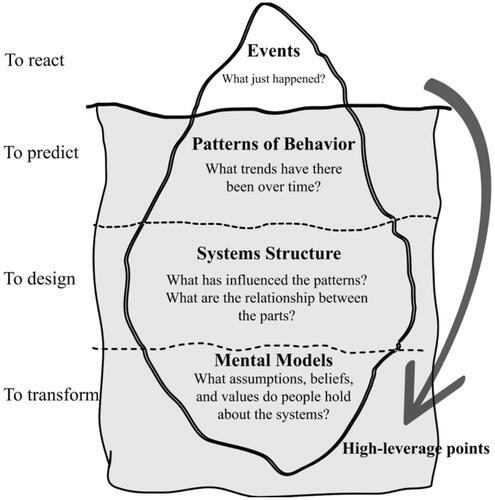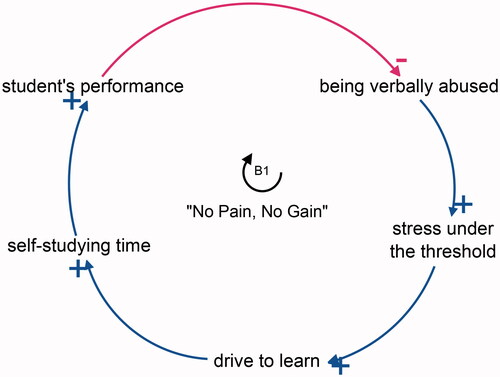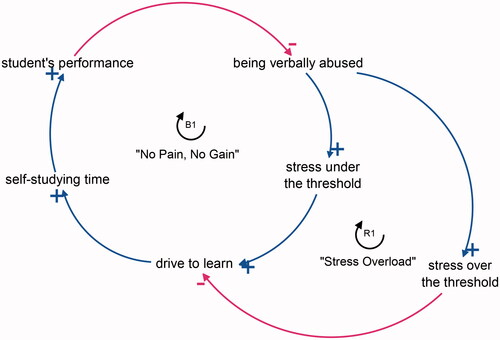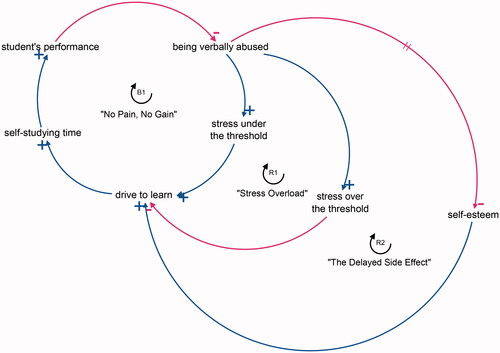Figures & data
Table 1. Findings from narrative review and preliminary extraction of key variables, interconnections, and main themes.




